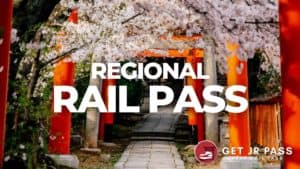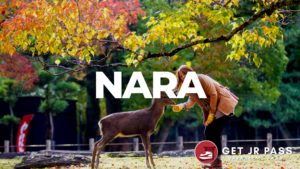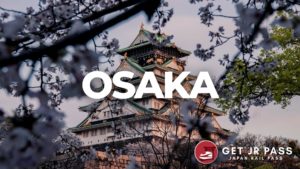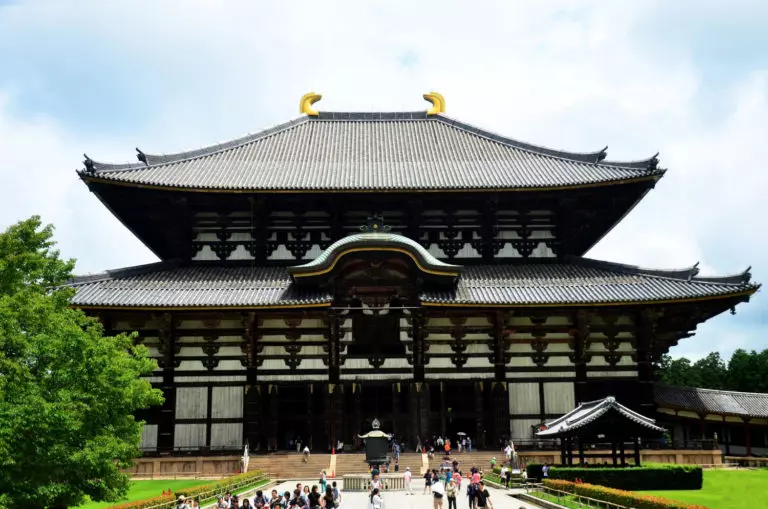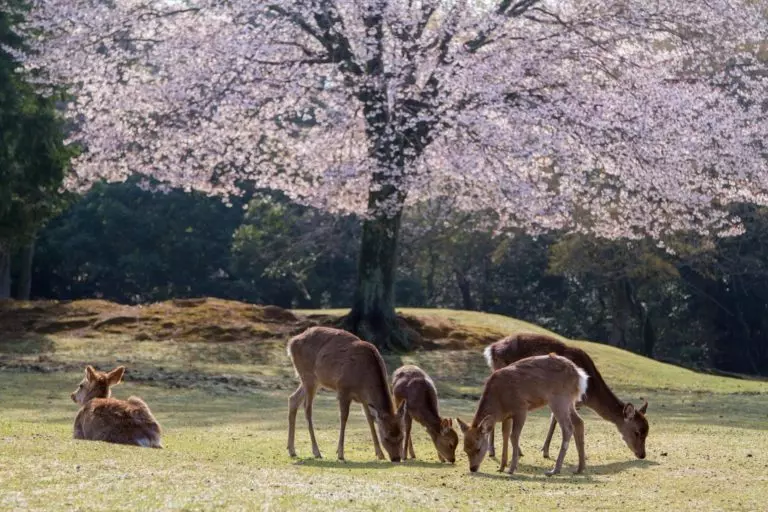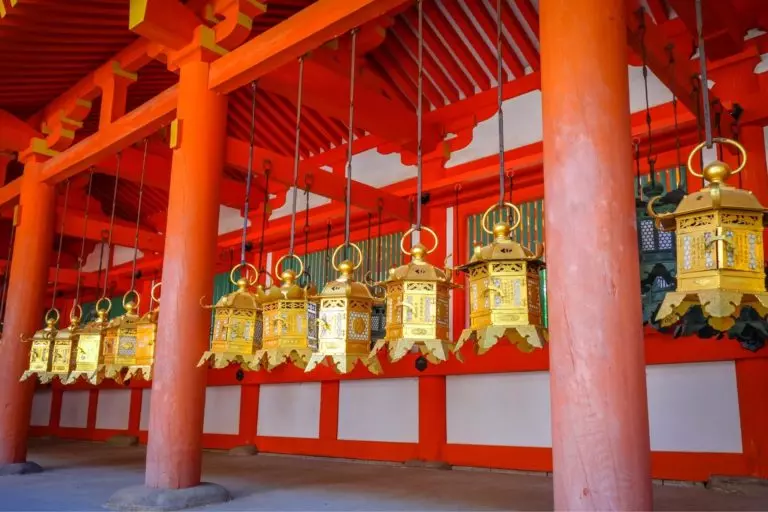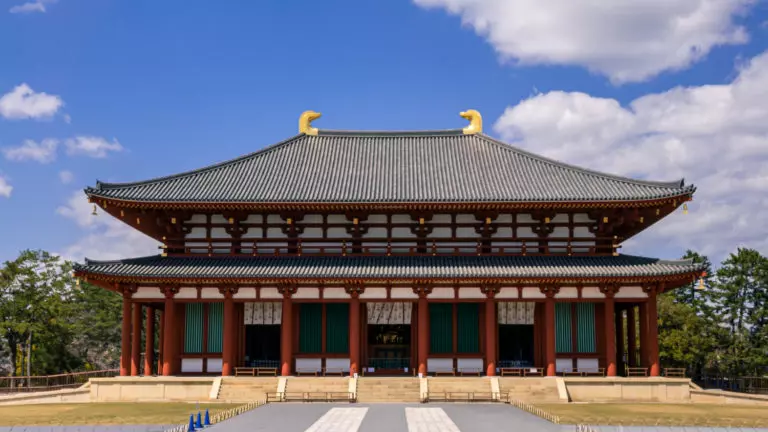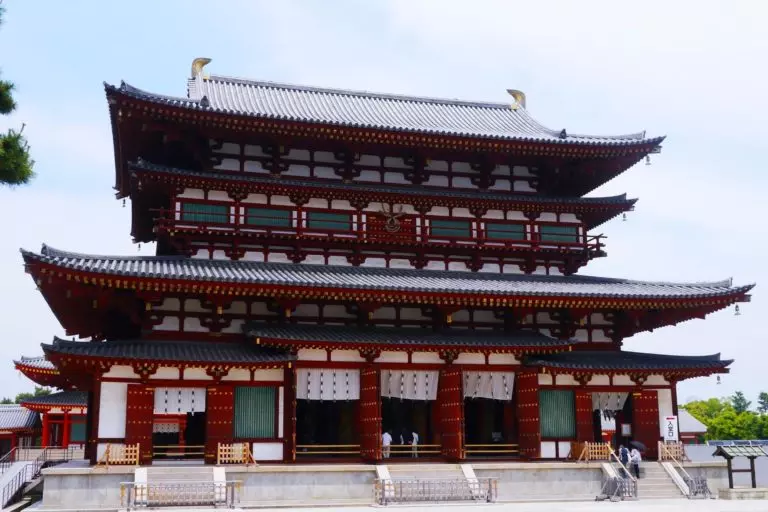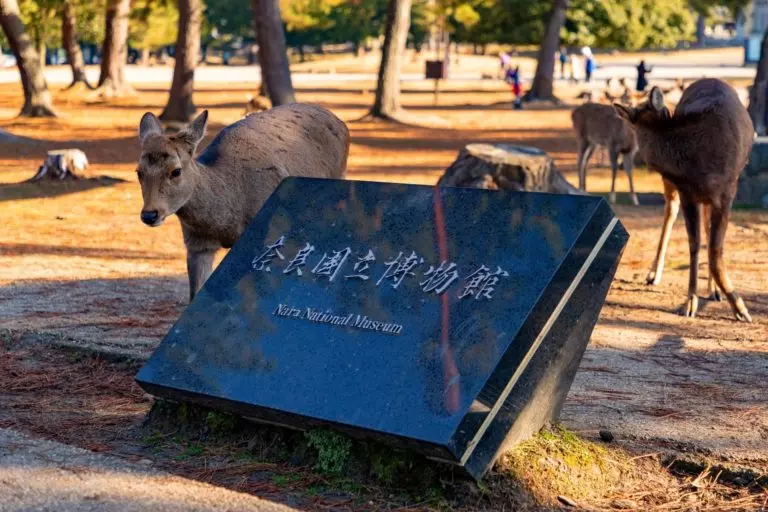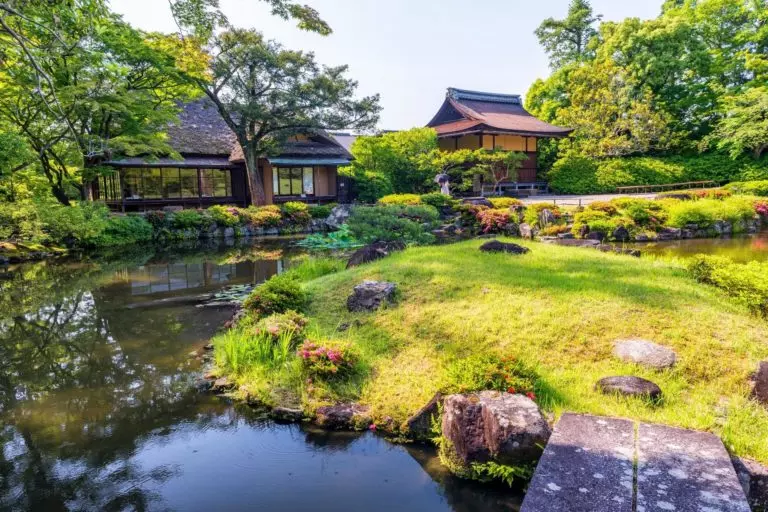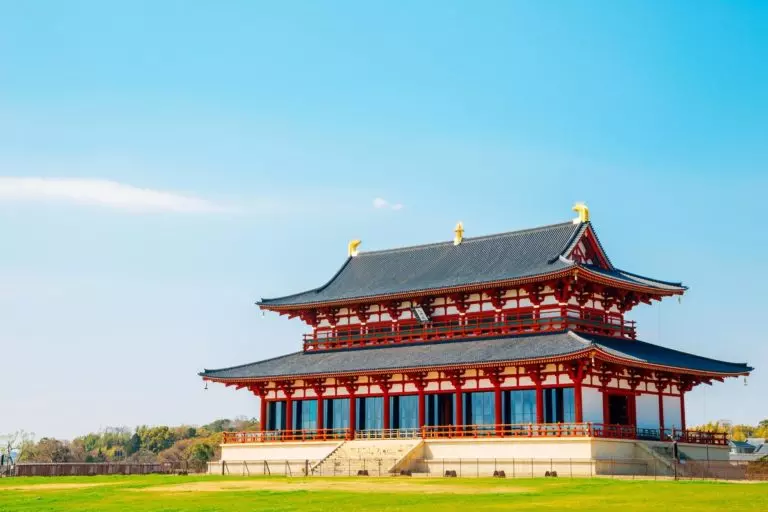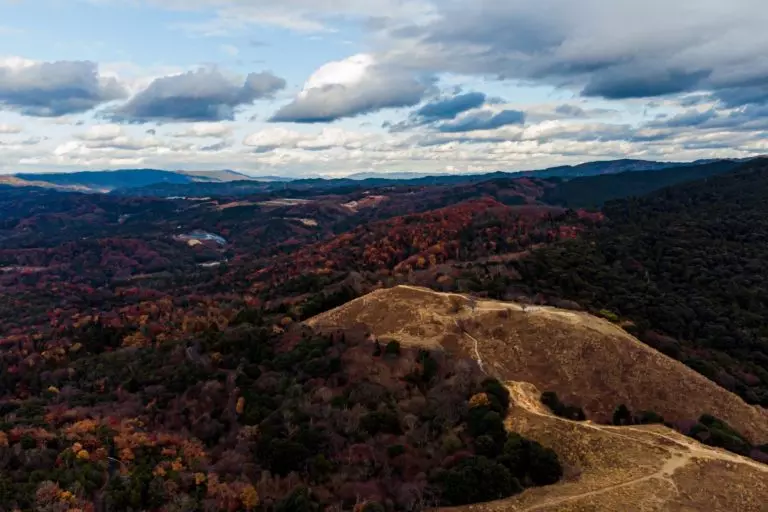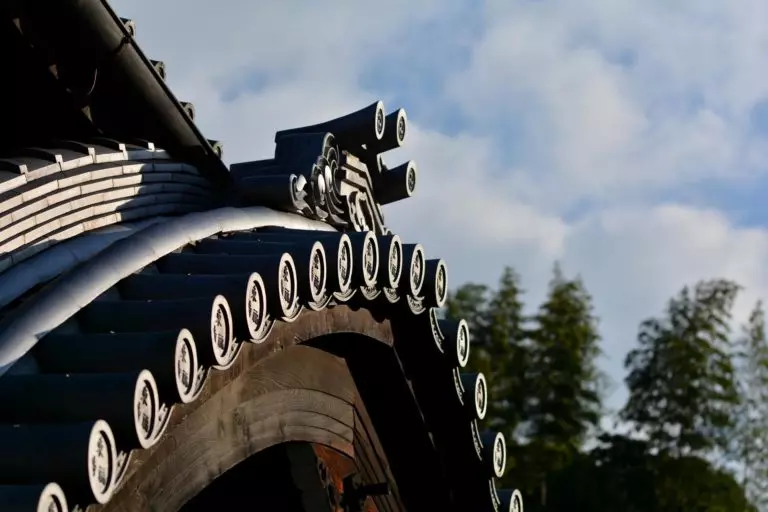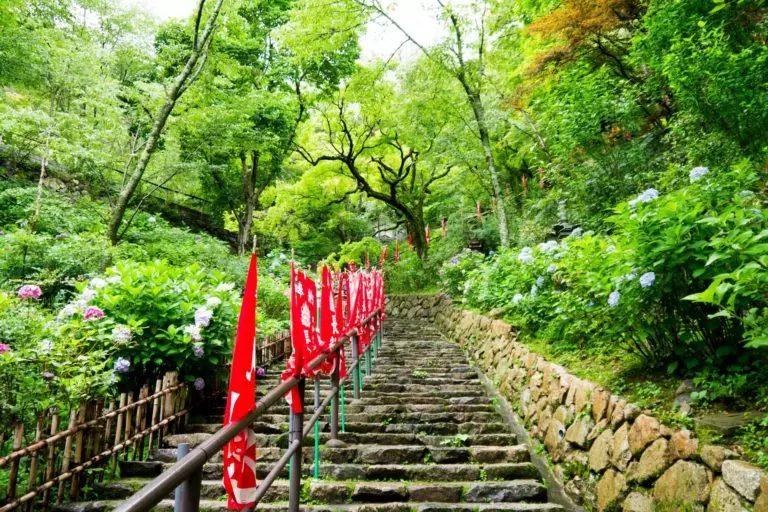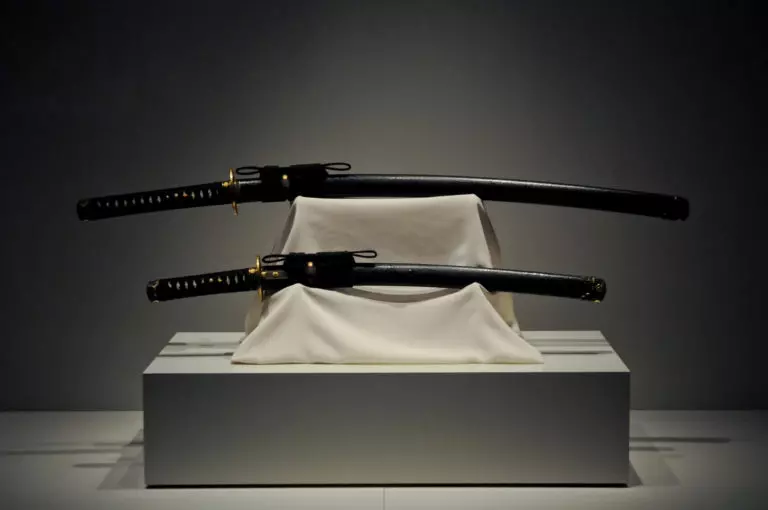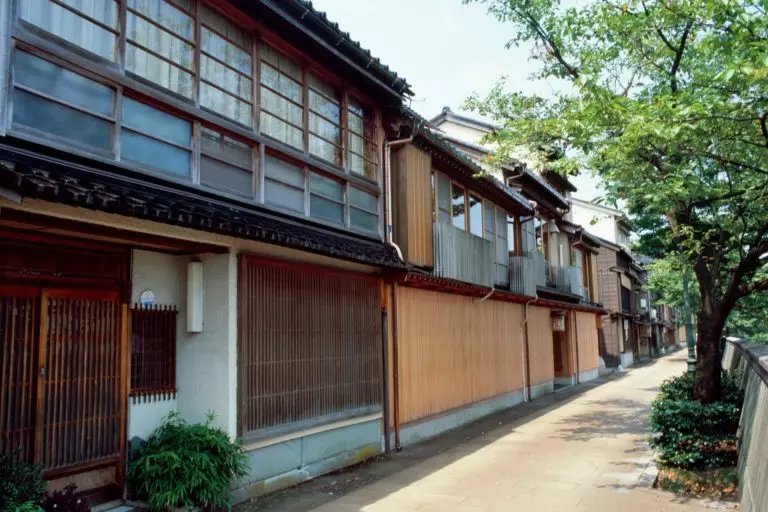info@getjrpass.com
+46 839 91 32 ma – vr 11:00 tot 15:00 GMT+1
Geautoriseerd reisbureau
- Home
- Japan Rail PassWat is een Japan Rail Pass?
De Japan Rail Pass is een treinpas waarmee je je vrij kunt verplaatsen op de Shinkansen hogesnelheidstreinen, reguliere treinen, bussen, sommige boten en met de metro op JR-lijnen in heel Japan.
Getjrpass is een officiële partner en verkoper. We verzenden uw bestelling binnen één werkdag met UPS Express.
- ReisgidsReisgidsen & tips
Verken Japan als een local met onze onmisbare reisgids. Boordevol insidertips en aanbevelingen, het behandelt alles van vervoer en accommodatie tot lokale gerechten en gebruiken. Met verbluffende foto's en boeiend schrijven is het de perfecte metgezel voor je reis naar Japan. Mis het niet!
- Vluchten
- Forum
- NuttigJapan Rail Pass
-
KortingenKortingen
-
Komt in aanmerking voor JR PassKomt in aanmerking voor JR Pass
-
Wat is een Green passWat is een Green pass
-
Bruikbare informatieBruikbare informatie
-
Hoe een JR Pass te bestellenHoe een JR Pass te bestellen
-
Checklist voor JapanChecklist voor Japan
JR Pass-informatie-
Bestelling standard JR-pasBestelling standard JR-pas
-
Bestelling green JR-pasBestelling green JR-pas
-
Bestel regionale pasBestel regionale pas
-
Vergelijk soorten pasjesVergelijk soorten pasjes
-
Internetten in JapanInternetten in Japan
-
Nozomi & Mizuho-ticketNozomi & Mizuho-ticket
Handige links-
BlogBlog
-
Veel gestelde vragenVeel gestelde vragen
-
Handige hulpmiddelenHandige hulpmiddelen
-
TreintypesTreintypes
-
ReisroutesReisroutes
-
Trein- en metrokaartenTrein- en metrokaarten
-
- Over onsHandige links
-
Over onsOver ons
-
ContactContact
-
Privacy PolicyPrivacy Policy
-
Retour en terugbetalingRetour en terugbetaling
-
Goed om te wetenGoed om te weten
-
Brand AmbassadorsBrand Ambassadors
-
- Hulp krijgenOver ons
Kom meer te weten over ons bedrijf en de mensen erachter door onze "Over ons"-pagina te bezoeken. Maak kennis met het team!
Krijg meer hulp-
Retour & terugbetalingenRetour & terugbetalingen
-
PrivacybeleidPrivacybeleid
-
Japans staatsburgerJapans staatsburger
-
In aanmerking komende gebruikersIn aanmerking komende gebruikers
-
- Home
- Japan Rail PassWat is een Japan Rail Pass?
De Japan Rail Pass is een treinpas waarmee je je vrij kunt verplaatsen op de Shinkansen hogesnelheidstreinen, reguliere treinen, bussen, sommige boten en met de metro op JR-lijnen in heel Japan.
Getjrpass is een officiële partner en verkoper. We verzenden uw bestelling binnen één werkdag met UPS Express.
- ReisgidsReisgidsen & tips
Verken Japan als een local met onze onmisbare reisgids. Boordevol insidertips en aanbevelingen, het behandelt alles van vervoer en accommodatie tot lokale gerechten en gebruiken. Met verbluffende foto's en boeiend schrijven is het de perfecte metgezel voor je reis naar Japan. Mis het niet!
- Vluchten
- Forum
- NuttigJapan Rail Pass
-
KortingenKortingen
-
Komt in aanmerking voor JR PassKomt in aanmerking voor JR Pass
-
Wat is een Green passWat is een Green pass
-
Bruikbare informatieBruikbare informatie
-
Hoe een JR Pass te bestellenHoe een JR Pass te bestellen
-
Checklist voor JapanChecklist voor Japan
JR Pass-informatie-
Bestelling standard JR-pasBestelling standard JR-pas
-
Bestelling green JR-pasBestelling green JR-pas
-
Bestel regionale pasBestel regionale pas
-
Vergelijk soorten pasjesVergelijk soorten pasjes
-
Internetten in JapanInternetten in Japan
-
Nozomi & Mizuho-ticketNozomi & Mizuho-ticket
Handige links-
BlogBlog
-
Veel gestelde vragenVeel gestelde vragen
-
Handige hulpmiddelenHandige hulpmiddelen
-
TreintypesTreintypes
-
ReisroutesReisroutes
-
Trein- en metrokaartenTrein- en metrokaarten
-
- Over onsHandige links
-
Over onsOver ons
-
ContactContact
-
Privacy PolicyPrivacy Policy
-
Retour en terugbetalingRetour en terugbetaling
-
Goed om te wetenGoed om te weten
-
Brand AmbassadorsBrand Ambassadors
-
- Hulp krijgenOver ons
Kom meer te weten over ons bedrijf en de mensen erachter door onze "Over ons"-pagina te bezoeken. Maak kennis met het team!
Krijg meer hulp-
Retour & terugbetalingenRetour & terugbetalingen
-
PrivacybeleidPrivacybeleid
-
Japans staatsburgerJapans staatsburger
-
In aanmerking komende gebruikersIn aanmerking komende gebruikers
-




